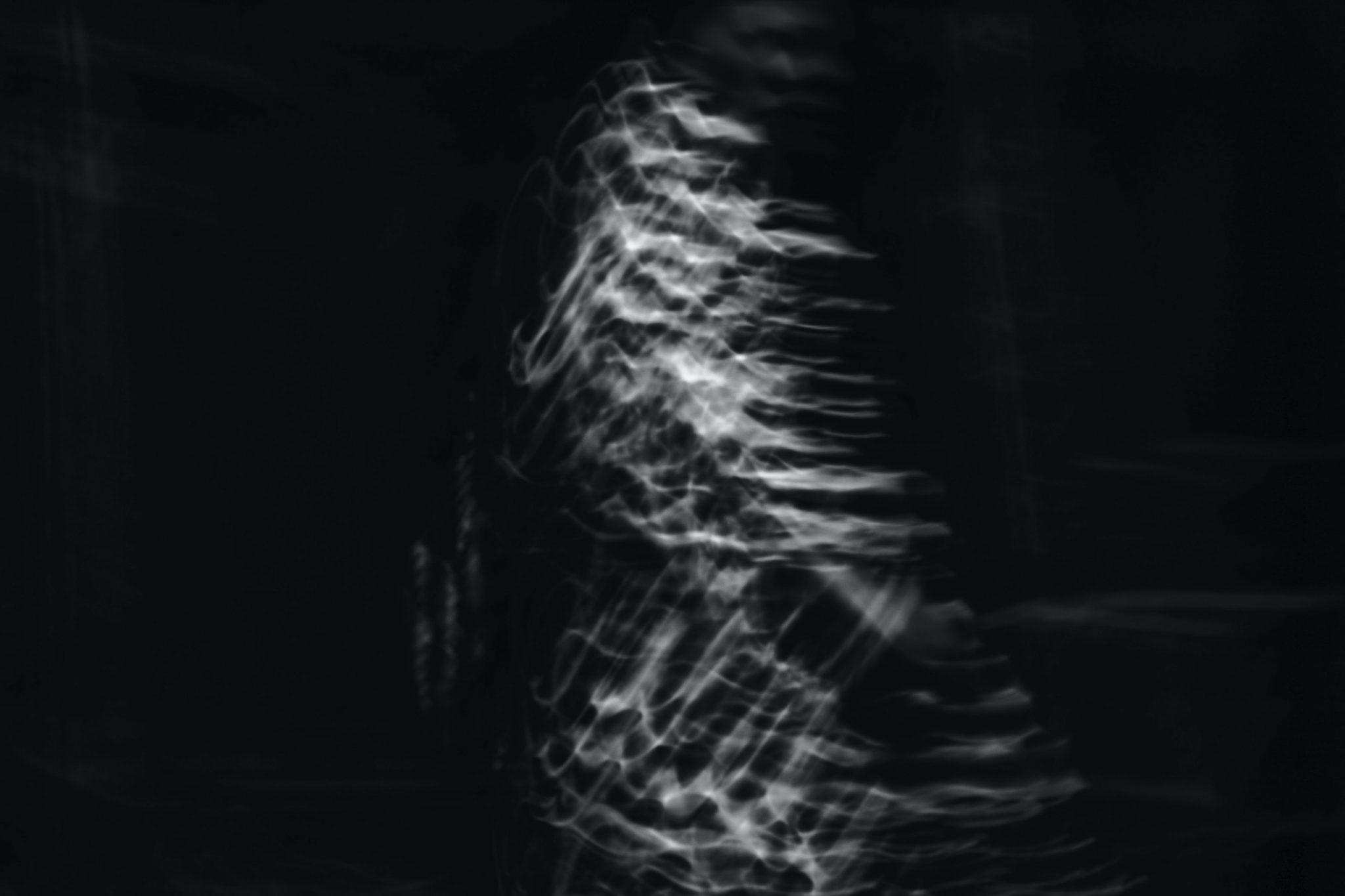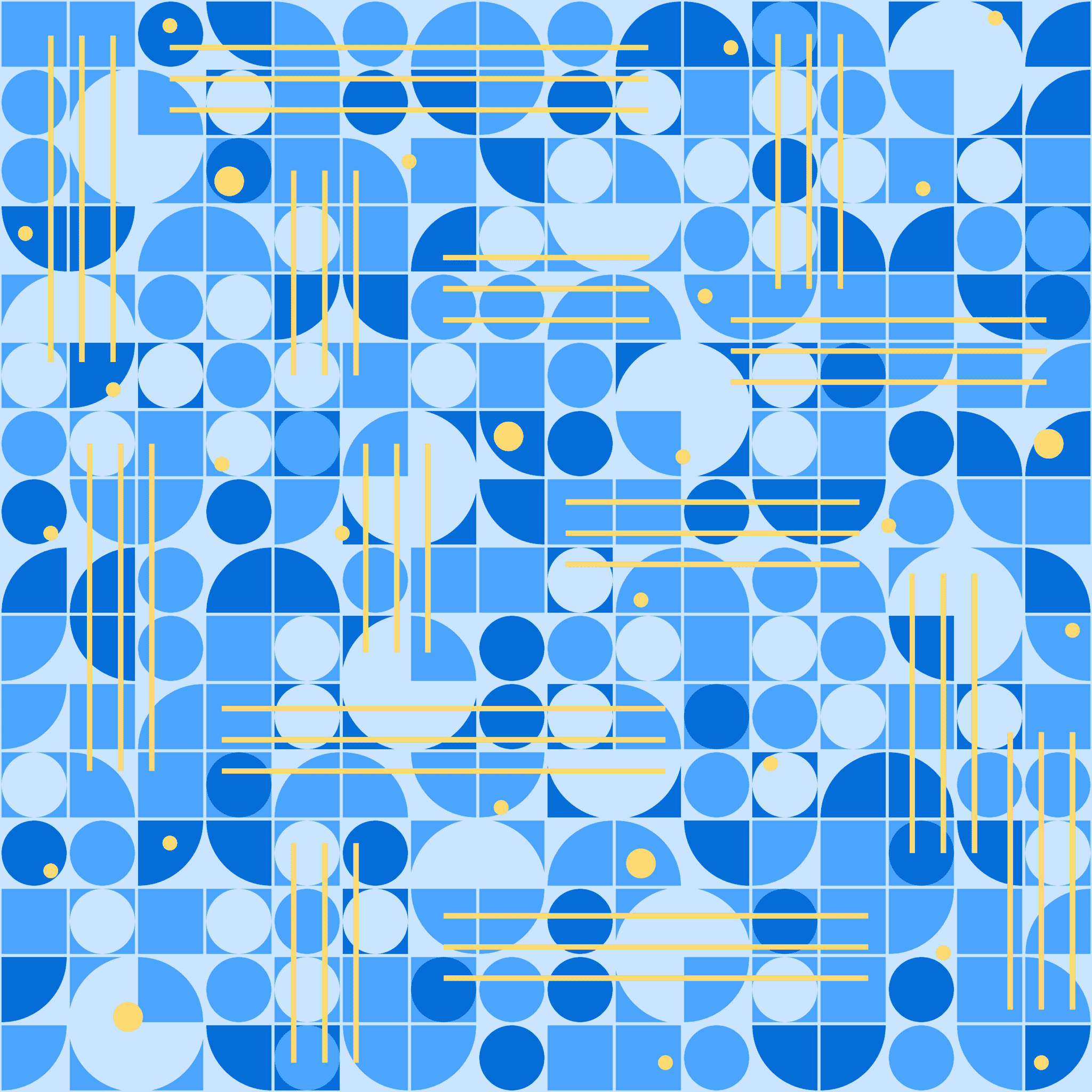Fluoroscopy Versus CT Scans: What’s the Difference?
Fluoroscopy and computed tomography (CT) are two tools healthcare providers use to obtain images of the body. Both are commonly used, but there are important differences between them.
Fluoroscopy generates a moving picture of your body using X-rays. This technology is valuable because it allows your doctor to view parts of the body in real time. Doctors can then identify structures, like blood vessels, bones and the digestive tract, to help establish a diagnosis. Overall, fluoroscopy is a safe procedure, but potential risks include burns or radiation-induced injuries to the skin.
On the other hand, CT scans are still snapshots of a “slice” of the body. They use X-rays to help your doctor view important organs. CT scans are powerful imaging tools, but they too have drawbacks when compared to fluoroscopy, like exposing the patient to even more radiation and requiring use of a dye.
What is Fluoroscopic CT Scanning?
These two methods were recently combined into a technique called fluoroscopic CT. Around 1995, fluoroscopic CT became popular for allowing doctors to view live images of the body, like an “X-ray movie”. Being able to view and take images of the body in the moment can allow for a highly accurate understanding of the body. This can be helpful to a physician during biopsies and when making diagnoses.

For patients undergoing treatment for thyroid or head and neck cancer, fluoroscopic CT scans are an effective and low-risk imaging tool. The actual imaging process of a fluoroscopic CT scan will generally take a maximum of 40-100 seconds. Usually, your provider will have a live video feed of the scan in the room while they perform the procedure.
A few reasons why your doctor may recommend a fluoroscopic CT scan over other forms of imaging.
- The doctor may want to obtain highly accurate imaging.
- They may wish to provide the patient with shorter intervention time, which means less radiation exposure.
- A real-time view of the body may give the doctor more information to make better decisions.
Imaging is an important part of any diagnostic plan. Fluoroscopic CT is one tool that can help your doctor come up with the best treatment and help you on your path to wellness.
















